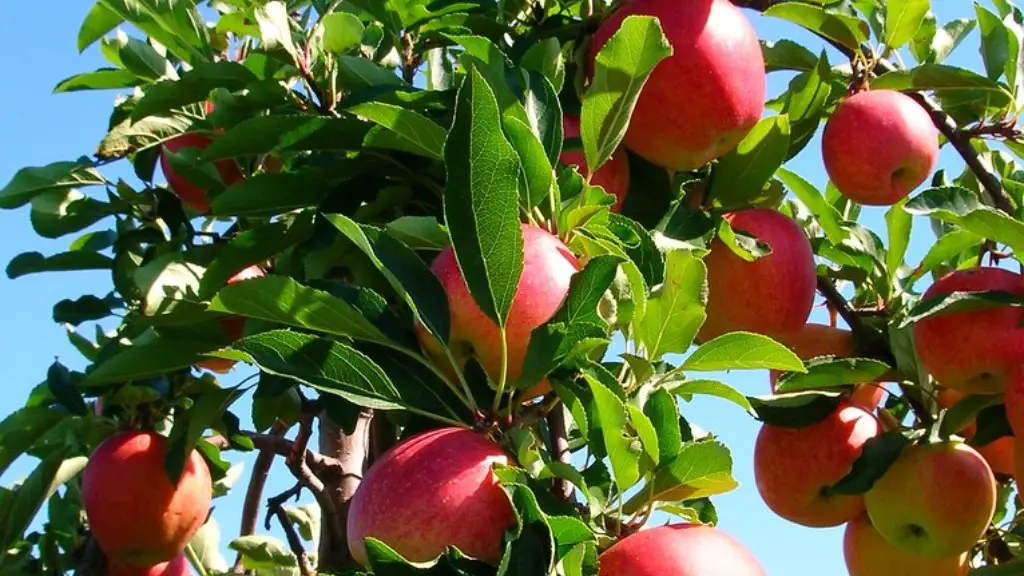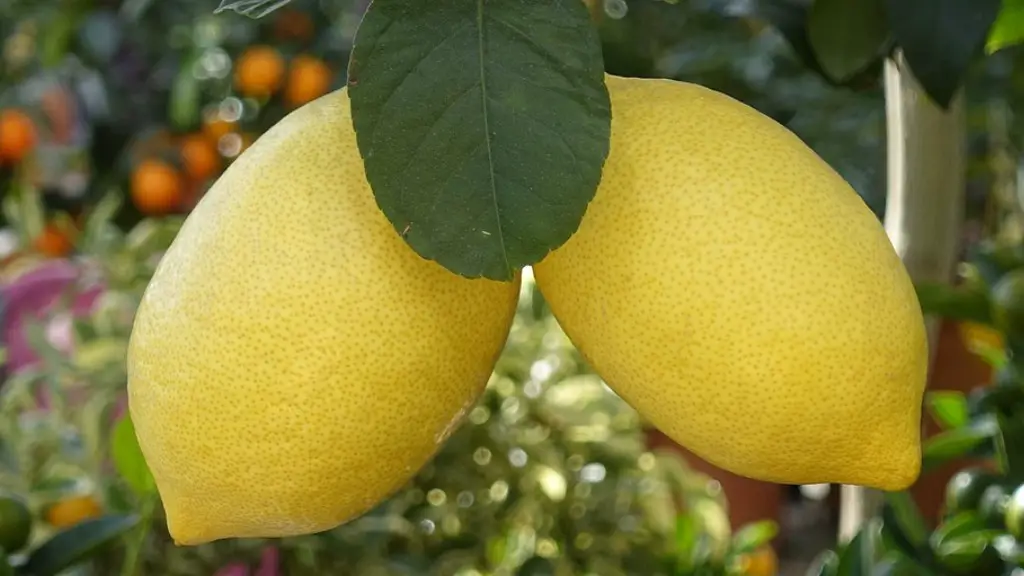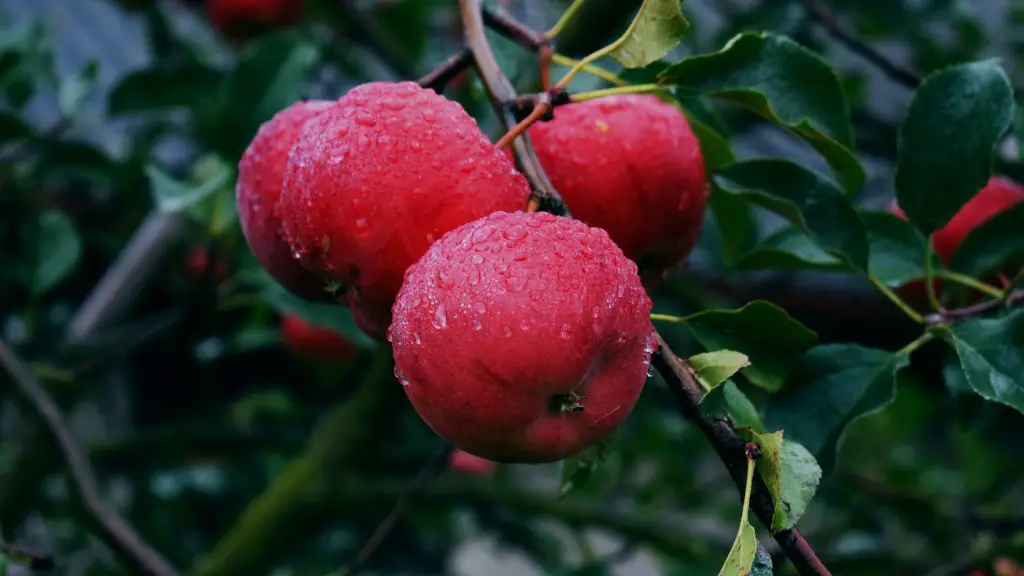Apple trees can be a low maintenance but high-rewarding asset in any garden, so it’s important to ensure the tree is pruned correctly. Pruning requires a few simple steps that anyone can do, but it is an important practice which must be done correctly in order to ensure the tree’s health and productivity. In this article, we’ll discuss how to correctly prune an apple tree, what tools are necessary, and how to protect the tree from future damage.
Step 1: Determining the Angle of Pruning
The first step in pruning an apple tree is determining at what angle the branches should be cut. This is determined by the tree’s crown angle, which is the natural angle of the branches when the tree is healthy and well-shaped. The goal of pruning is to maintain the tree’s crown angle and encourage new growth in a uniform direction. The ideal crown angle varies depending on the type of tree, but generally most should aim for an angle between 45 and 60 degrees.
Step 2: Removing Dead or Damaged Branches
Once the angle of pruning is determined, the next step is to remove any dead or damaged branches. This will help to ensure that the new growth of the tree is healthy and attractive. Dead or damaged branches should always be cut either flush with the trunk or just above a healthy bud. It is important that when doing this that a pruning saw is used, so as to avoid damage to the trunk or other healthy branches.
Step 3: Cutting to Maintain Crown Angle
The next step is to prune the branches in order to maintain the tree’s crown angle. This can be done by cutting the branch just above a healthy bud, at the desired angle. When pruning, it is important to avoid cutting too close to the trunk, as this could damage the bark and negatively affect the tree’s health. It is also important to avoid leaving existing branches over-long, as this will encourage the tree to branch in an undesired direction.
Step 4: Cleaning Up
Once the pruning is complete, it is important to clean up the area to avoid any accidents or harm to the tree. This can be done by either hand-picking any loose twigs and broken branches, or by using a broom to quickly sweep away any debris that may have built up. By doing this, the apple tree will be best protected from any additional damage due to falling debris.
Step 5: Protecting the Tree from Infection
After pruning, it is important to protect the tree from any potential infection. This can be done by applying a protective coating to the pruned branches, and ensuring that all the tools used are cleaned and stored away safely. It is also important to water the tree after pruning in order to help it replace any damaged or removed bark.
Conclusion
Improving Productivity
Correct pruning of an apple tree can have a great effect on its productivity, as it will help ensure a steady supply of healthy and productive fruit. Regular pruning can help to reduce the chances of the tree becoming infected with pests or disease, and can also help to maintain an even balance of shade and sunlight, which is vital for the health of the tree.
Caring for Trees: The Benefits
Caring for trees correctly is an important part of gardening, and is something all gardeners should be sure to practice. Pruning apple trees correctly and regularly can have a huge impact on both the health and productivity of the tree, and can also help to reduce the chances of future infection. Taking the time to prune an apple tree correctly can be an immensely rewarding experience and will help to ensure the tree is producing delicious fruit for years to come.
Which Tools are Needed for Pruning an Apple Tree?
In order to correctly prune an apple tree, a few simple tools are necessary. These include a pruning saw for cutting away branches, hand pruners for snipping away any small twigs, and a broom for cleaning up any debris. It is also important to have gloves and safety goggles when pruning, in order to protect against any accidental cuts or debris in the eyes.
The Role of Water in Pruning an Apple Tree
Water is just as important as the tools required for pruning an apple tree. After pruning, it is important to water the tree in order to help it replace damaged or removed bark, and also to minimize any future infection. The amount of water required depends on the climate and soil type, but generally the tree should receive at least 1 inch of water per week.
Early Pruning of Apple Trees
Pruning an apple tree at the right time is essential for its health, productivity and attractiveness. While most trees can be pruned at any time of the year, it is best to prune apple trees during the dormant season, which is typically during the winter months. This helps to ensure that the tree is not disturbed during the active growing season, and also helps to reduce the chance of infection when pruning.
Pruning Tips
When pruning an apple tree, there are a few tips and tricks which can help make the process easier and more successful. Firstly, it pays to plan ahead and only remove as much as necessary; it is better to prune too little than too much. Secondly, it is important to make sure not to leave existing branches over-long, as this can encourage the tree to branch in an undesired direction. Finally, it is important to use the correct tools and clean them after use to make sure the tree is well-protected from infection.



